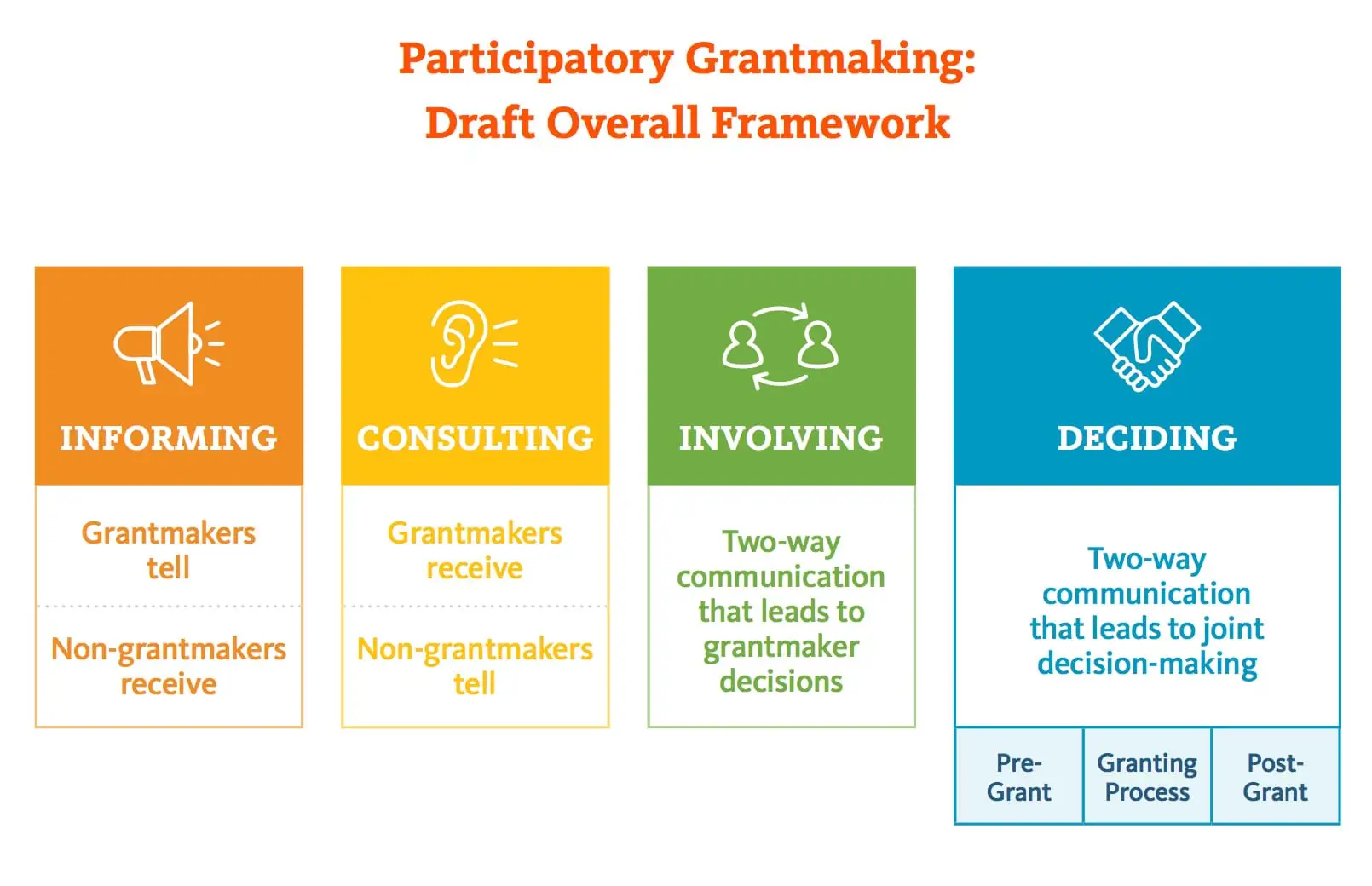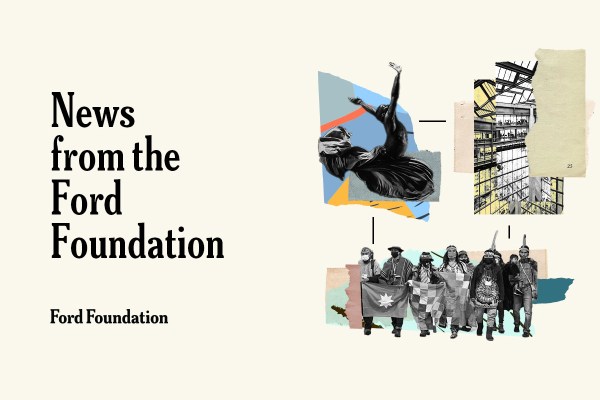
At the Ford Foundation, we know that having genuine connection or access to the lived experience of the people we seek to serve is key to the success of our decisions, impact, and legitimacy. That’s why we have long supported efforts to improve philanthropic practice—in our own organization and the broader field—with a special emphasis on making it more equitable and inclusive.
In this time of dramatic change, people are becoming distrustful of established institutions, including foundations, and are demanding greater accountability and transparency. Across sectors, elite-driven, top-down decision-making is increasingly viewed with suspicion, if not outright hostility. Foundations that are unwilling to examine their decision-making practices risk being seen as part of the problem, rather than as the problem-solvers they were established to be.
Read the paper: Participatory Grantmaking: Has its Time Come?
Auspiciously, a growing number of foundations around the world are experimenting with new approaches to philanthropy—approaches focused on engaging people from outside their institutions in everything from setting priorities and developing strategies to sitting on foundations’ boards or advisory committees. Some foundations are also partnering with these stakeholders to make grant decisions.
So what exactly are these foundations doing, and why is it important? What can we learn from them? To answer those questions, the foundation commissioned Cynthia Gibson, a long-time student and practitioner of participatory approaches—including one of the first national participatory grantmaking initiatives by the Case Foundation—to study their efforts. Case’s effort was noteworthy because most participatory programs are place-based and local, which raises an interesting question: Has the time come for a broad swath of foundations, including national foundations like Ford, to take on participatory approaches, including grantmaking?
This paper shows that it’s a question well-worth asking. It also contributes to a burgeoning discussion in the field: The National Committee for Responsive Philanthropy recently hosted a webinar on participatory grantmaking, and GrantCraft will release a guide on the subject in 2018. We’re hopeful this paper can help move that discussion toward action.

Spoiler alert: We think this approach is something more foundations, including our own, can and should consider. The paper reviews and synthesizes several frameworks about participation, and offers a simple “starter” framework for foundations to locate themselves at points along a continuum. All the points are forms of participation, and—as the paper explores in detail—each has its advantages and challenges.
In true participatory fashion, we want to know what you think. We hope you’ll take a look at the paper and weigh in with your thoughts, perspectives, critiques, and questions.
